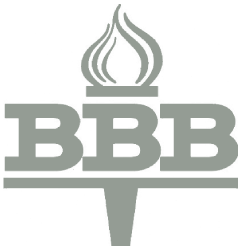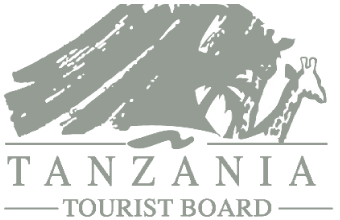
Amazing trip! Dawn was awesome to work with. She was very patient and answered all of my questions, which were many! She made sure it was our vacation and met all my requests. I really wanted to be in Africa during the full moon and wanted specific tented camps during our stay.
Dawn worked really hard to get everything booked just as I wanted. The first night on our safari we ate dinner under the full moon! It was perfect! We loved everything about our safari. Our guide was awesome and taught us so much about the environment, the animals and the people of Africa.
Our guide Ally told us at the beginning that Africa has a way of getting into your heart and soul. He was absolutely right! We were very sad to see our trip end but we walked away with incredible memories and a vacation of a life time.
One of my most favorite memories was the first morning of our safari waking up to hot coffee being served to our tent. We went outside on the deck to drink the coffee and as soon as we sat down a beautiful giraffe came strolling by right in front of us as if he was saying good morning and welcome to Africa! We had many special moments.
We were fortunate enough to see a lion kill a gazelle. We saw the entire thing from the hunting to the stalking to the kill. It was fascinating. I could not get over the patience of the lion during this process and how she searched for the perfect tree after she caught the gazelle to lay down and begin her feast. We also saw a lion family, the father, mother and two cubes. It was neat watching the family interact, the cubs playing with their mother and the mother taking the cubs to her freshly killed wildebeest to let them eat.
I could not get over the massive amounts of animals we encountered during our safari and how the different animals coexist with each other. You would see zebras, giraffes, wildebeest, gazelles, topies, cape buffalo and hartebeest (and some I am sure I forgot) all in one view. What an incredible sight!
We witnessed part of the great migration as thousand of wildebeest moved in search of green grasses. That was truly amazing. We really enjoyed watching the monkeys and baboons with their babies on their backs, they were very funny. On an early morning drive we saw a bunch of hippos in a single line running down a rapid flowing stream making all their hippo noises! Then watched how they got very territorial with their space as the stream opened up to a pool of water.
One of the places we stayed (Four Seasons Bilila) had a huge watering hole right in front of the swimming pool. Each day herds of elephants would come up and drink out of the watering hole. It was fun watching the baby elephants squeeze in between all the huge elephants to be able to get their small trunks close enough to the water to get a drink. We counted 28 elephants around the watering hole one night as we watched the sun go down.
I cannot forget to mention all the amazing birds in Africa. Some of the birds were extremely large and most of them were very colorful. The visit to the Maasai village was fascinating. They welcomed us with open arms, gave us a tour through one of their homes and performed a special dance with their jumping and rhythmic vocals.
All the tented camps were exactly as described and pictured on the internet. We really enjoyed getting to meet the local people who worked at the camps. Each camp brought a different experience and varying degrees of animals roaming the camps. The quiet mornings were so peaceful and the sunsets were like no other.
We always felt safe and our guide was there every step of the way. I researched a lot of safari outfitters and chose Africa Dream Safaris as a result of my interactions with Dawn and the positive testimonies from other ADS travelers. It truly was a “dream” vacation one we will always cherish. Thanks Dawn for putting together a wonderful trip.
Terrie and John M.
Cincinnati, Ohio
Safari Dates: July 20, 2013 to August 2, 2013






















































































































































































